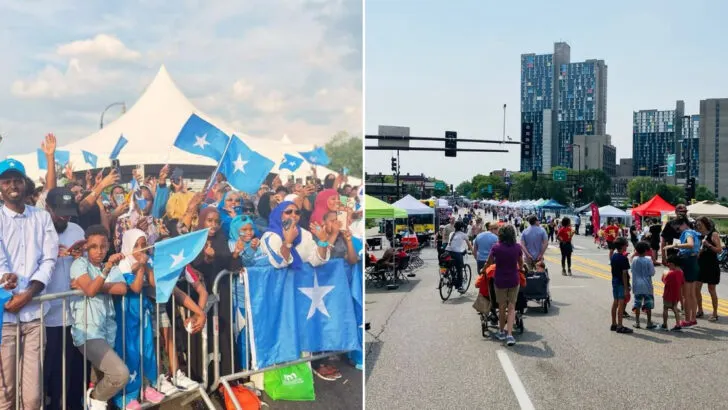Step onto Cedar Avenue and you’ll hear Somali spoken alongside English, smell spiced tea, and see storefronts buzzing with everyday life. Cedar-Riverside isn’t just a historic gateway neighborhood; it remains the living heart of Somali-American culture in the Midwest. From mosques to markets, radio shows to youth clubs, the corridor pulses with connections that stretch from Minneapolis to Mogadishu. Here’s how to see, taste, and understand why this place matters today.
Why Cedar-Riverside matters today

Cedar-Riverside’s identity was forged as a port of entry, long hosting newcomers from around the world. Today, it’s widely known as “Little Mogadishu,” where Somali-American families, merchants, and students shape daily rhythms. Walk the main streets and you’ll hear Somali, see bilingual signage, and feel a neighborhood sustained by year-round residents. Its storefronts house clinics, legal aid, travel desks, cafés, and grocers that anchor everyday life. The corridor’s density supports walkable commerce and social ties. This is a place where community networks, faith institutions, and small businesses operate in tandem, reflecting both resilience and forward-looking ambition.
Where to eat: Somali cafés, grills, and quick bites

Family-run Somali restaurants, halal grills, and late-morning bakeries make Cedar Avenue hum. Locals meet for shaah and sambusas, then share generous platters of rice, lamb, or chicken at lunch. Lunchtime lines spill toward sidewalks, and groups gather over fragrant bariis and suqaar. Look for Somali names and halal counters clustered near Cedar Avenue, where everyday eating blends affordability with hospitality. Menus are often bilingual, and staff greet regulars by name. From crispy sambusas to spiced goat, flavors reflect home cooking adapted for busy schedules. Newcomers find friendly guidance, while regulars know which spot nails the tea.
Mosques and community anchors — spiritual and civic hubs
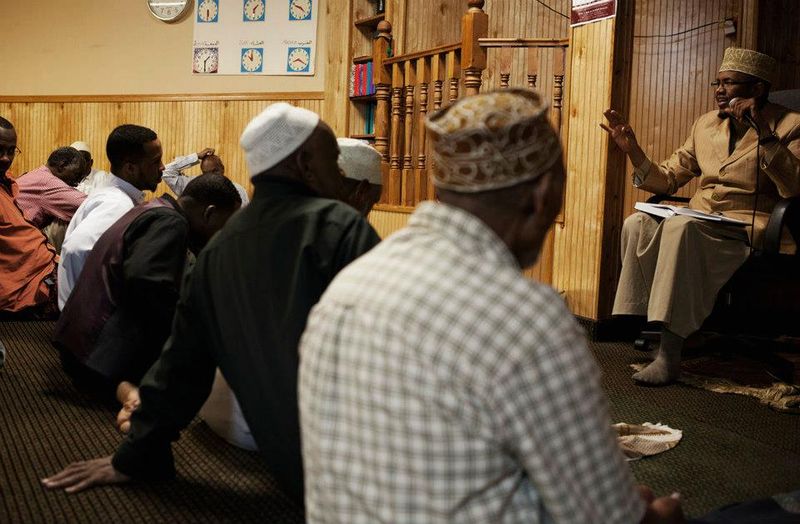
Mosques and faith-based centers in Cedar-Riverside serve as spiritual homes and civic anchors. Beyond daily prayers, they host community meals, newcomer support, and voter-registration or legal-aid clinics. Long-standing congregations run education programs, youth activities, and public events that bridge religious life with social services. Bulletin boards brim with tutoring schedules, health screenings, and job resources. During holidays, attendance swells and donations fund relief or local initiatives. The result is a trusted infrastructure that helps families navigate healthcare, housing, and immigration questions. These spaces ensure neighborhood cohesion, offering dignity, stability, and practical help in one welcoming setting.
Currie Park and public festivals — Somali Independence and street life

Currie Park and nearby public spaces transform into stages for Somali Independence Day festivities, youth performances, and family gatherings each summer. Stalls line the avenue with food, crafts, and community resources, while music and poetry animate the crowd. Food stands extend hours as neighbors mingle late into warm evenings. Soccer games, dance circles, and children’s activities reflect a multigenerational scene. On festival days, the corridor is clearly a cultural center, not merely a commercial strip. These events knit together newcomers and long-time residents, showcasing pride, creativity, and the social fabric that sustains Cedar-Riverside year-round.
Markets and halal groceries — the neighborhood pantry
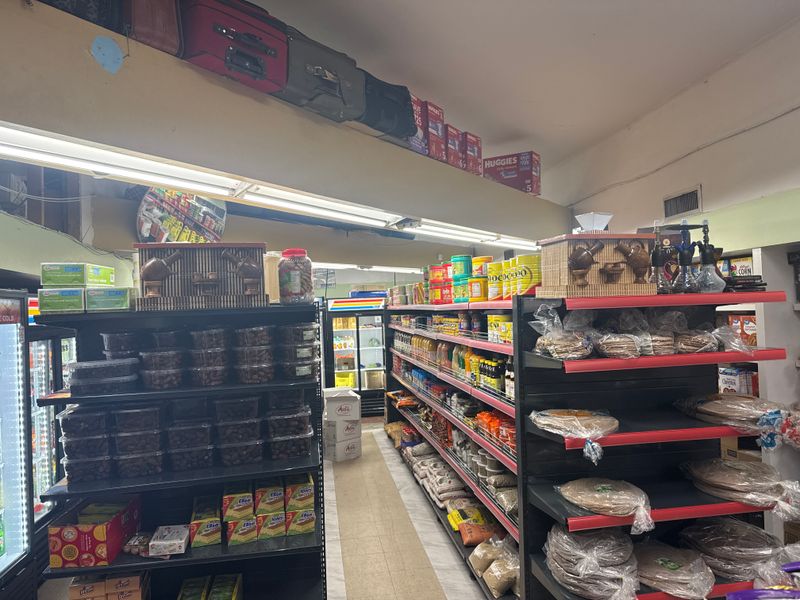
Small grocers and specialty shops stock the staples that signal sustained household life. You’ll find bulk rice sacks, whole spices, dried legumes, and fresh halal meats cut to order. Narrow aisles overflow with regional flours, Somali tea blends, and pantry goods used in weekly cooking. Freezers hold sambusas and specialty items; counters offer quick advice on recipes. Regular shoppers come with detailed lists and compare prices across stores. Bilingual signs and familiar brands ease navigation for newcomers. These groceries function as neighborhood pantries, keeping family kitchens supplied and reinforcing a local economy rooted in everyday meals.
Clothing, tailors, and event services — how culture shows up for celebrations
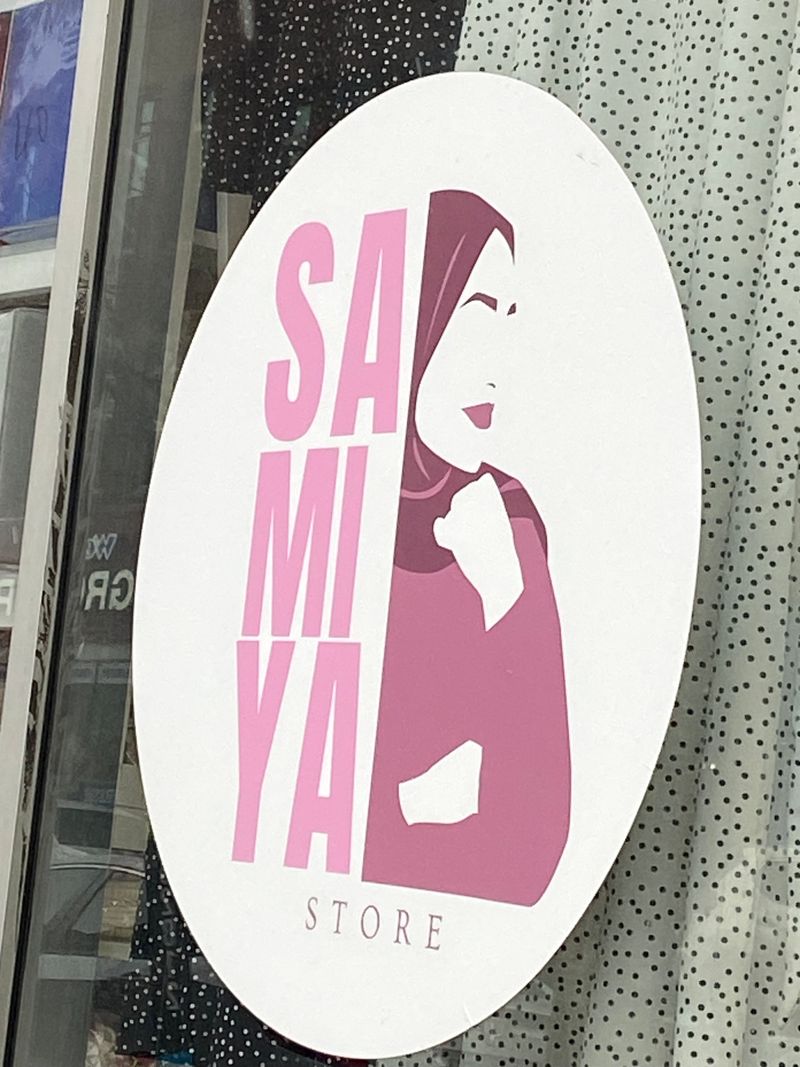
Clothing shops and tailors help families prepare for weddings, Eid, and milestone events. Window displays feature brightly patterned dirac, scarves, and men’s attire, while bolts of fabric spill onto the sidewalk. Tailors offer last-minute adjustments and custom fits, especially before holidays. Henna artists, jewelry counters, and event planners cluster nearby, creating a one-stop corridor for celebration needs. Business peaks around Eid, with extended hours and buzzing storefronts. Staff often know regulars’ tastes and timelines, making urgent turnarounds possible. These services make culture visible in daily life, supporting life-cycle events with skill, style, and neighborhood convenience.
Somali media, radio, and small publishing — local information networks
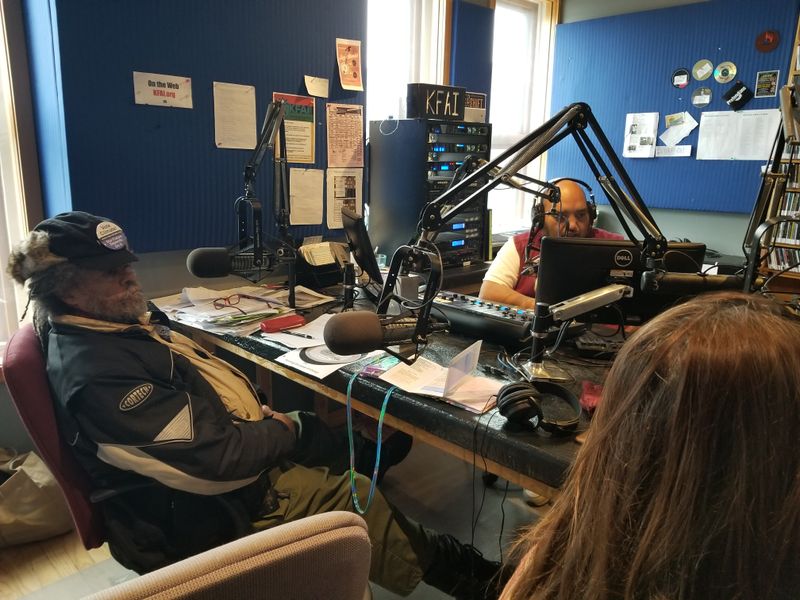
Local media binds Cedar-Riverside together with language-specific news and practical information. Community radio shows share event listings, job postings, and public-service updates in Somali and English. Small publishers and online outlets cover neighborhood stories and amplify immigrant perspectives. Social-media groups help residents navigate schools, clinics, and city services. New arrivals learn what’s open, where to find help, and how to plug into activities. For long-time residents, these channels sustain connection and civic participation. Consistent, trusted voices turn information into community infrastructure, ensuring that essential updates reach families quickly and clearly.
Everyday services: remittances, travel agents, and culturally specific care
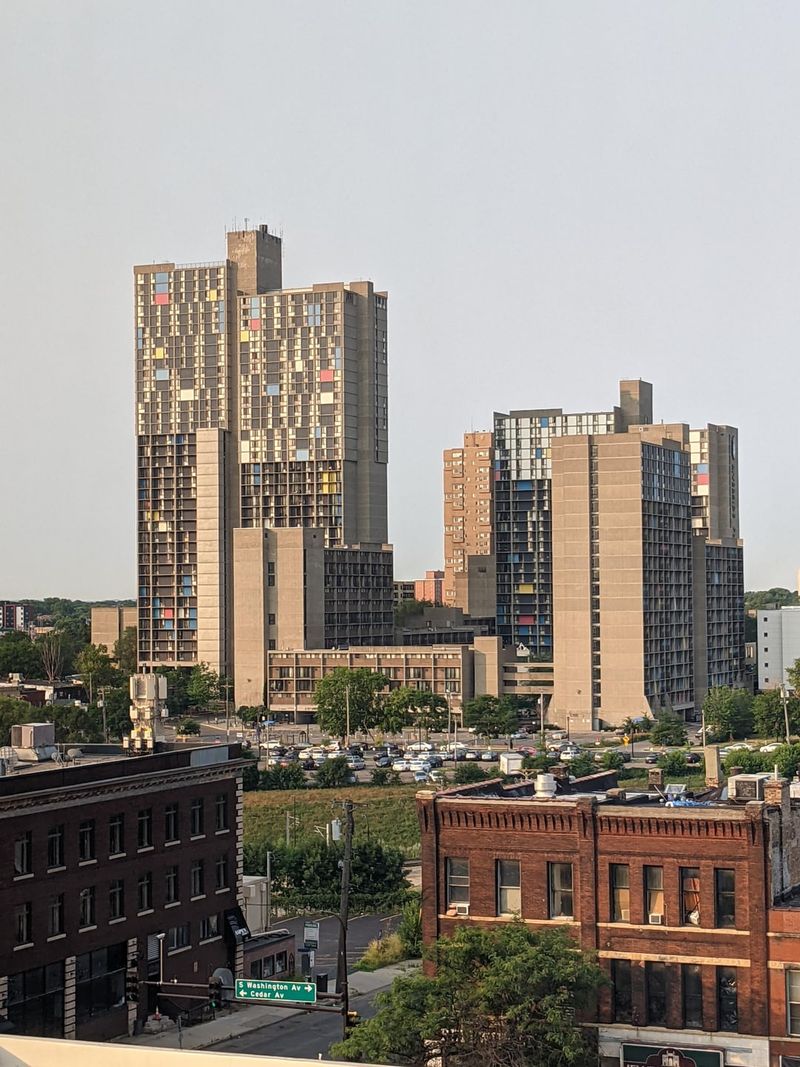
Small businesses on the corridor handle practical needs that sustain transnational ties. Remittance counters post exchange rates, while travel agencies book flights to East Africa and beyond. Clinics and social-service programs provide interpreters, culturally competent care, and help navigating paperwork. Staff greet clients in Somali and English, smoothing stressful tasks. Window posters advertise seasonal fares and ID requirements, guiding first-time travelers. These services knit local life to family obligations abroad, making distance manageable. For many households, the corridor is where money moves, trips are planned, and care feels understandable and respectful.
The built environment: Riverside Plaza, apartment life, and public spaces
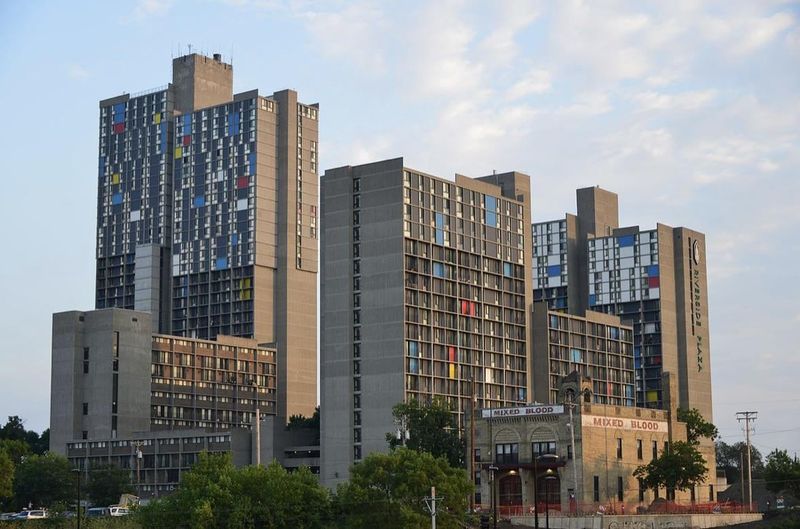
Riverside Plaza’s towers define the skyline and shape daily life, housing students, families, and long-time residents. Ground-floor shops and nearby parks create an urban main street where errands and greetings happen at eye level. High-density living supports frequent transit, walkability, and steady foot traffic for businesses. Courtyards, lobbies, and playgrounds act as social nodes. The mix of apartment life and public spaces fosters casual interactions that strengthen trust. From morning commutes to evening gatherings, the built environment makes community visible, keeping storefronts lively year-round and ensuring essential services remain close at hand.

